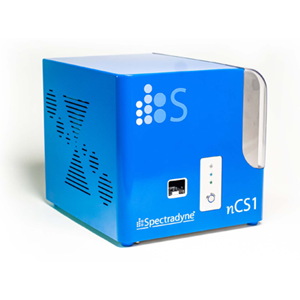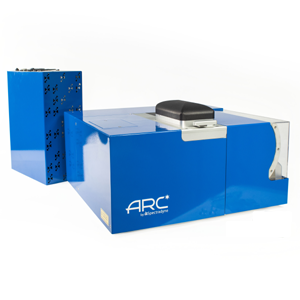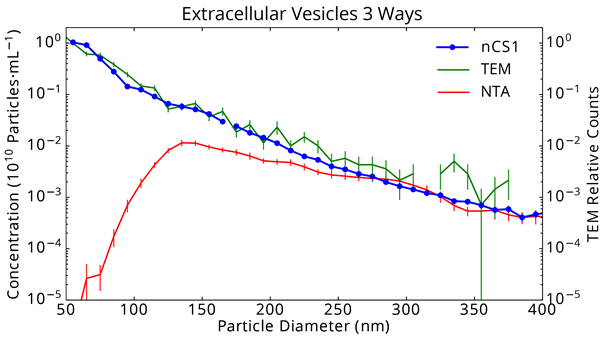Accurate quantification with microfluidic resistive pulse sensing (MRPS)
Spectradyne's nCS1 delivers the most accurate concentration and size measurements of extracellular vesicles available in a practical bench top solution. The nCS1 is fast and easy to use, and requires only 3 microliters of your sample to help you do better EV science.


Now with single-particle fluorescence
Spectradyne's Arc delivers single-particle fluorescence combined with MRPS measurements, yielding size and phenotype for each individual nanoparticle, providing unparalleled individualized characterization not available with any other instrument. The Arc is fast and easy to use, and requires only 3 microliters of your sample to help you do better EV science.



